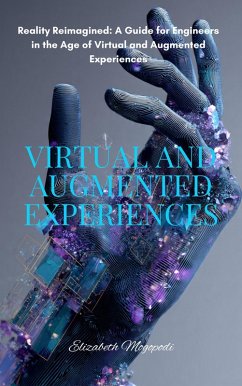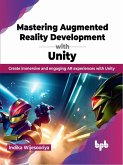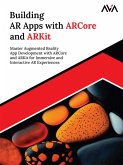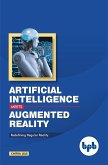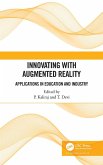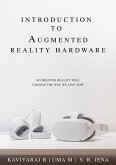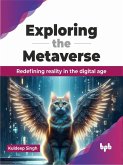What You'll Learn:
- Foundations: Demystify VR (Oculus, PlayStation VR), AR (ARKit, ARCore), and MR (HoloLens, Magic Leap).
- Design for Impact: Craft intuitive interactions, avoid motion sickness, and prioritize accessibility.
- Tech Stack: Unity, Unreal Engine, WebXR, and spatial computing pipelines.
- Industry Blueprints:
- Gaming: Hyper-realistic worlds and social VR.
- Education: Interactive anatomy labs and remote collaboration.
- Healthcare: Surgical simulations and phobia treatments.
- Retail: Virtual try-ons and 3D product demos.
- Ethics & UX: Address privacy, addiction, and inclusivity.
- Future-Proofing: Prepare for brain-computer interfaces, AI-driven NPCs, and 5G ecosystems.
Challenges & Solutions:
- Motion Sickness: Smooth locomotion, teleportation, and comfort zones.
- Cost & Complexity: Optimize for mobile AR, not just high-end headsets.
- Content Fatigue: Balance novelty with usability.
- Security: Protect user data in shared virtual spaces.
Real-World Case Studies:
- IKEA Place: AR app that lets users visualize furniture in their homes.
- VR Training: Walmart's employee onboarding in immersive environments.
- Medical AR: Microsoft HoloLens for anatomy education.
Why It Matters:
- 75% of enterprises will adopt AR/VR by 2025 (Gartner).
- The metaverse economy could hit $1 trillion by 2030.
- Engineers with XR skills are in high demand, but talent lags growth.
This isn't a coding manualit's a strategic guide. Learn from industry leaders, avoid pitfalls, and create experiences that delight, not disorient. No prior XR expertise needed.
Audience: Software engineers, UX designers, product managers, and tech innovators.
Outcome: Build reality-bending experiences. Shape the future. Stand out.
Dieser Download kann aus rechtlichen Gründen nur mit Rechnungsadresse in A, B, CY, CZ, D, DK, EW, E, FIN, F, GR, H, IRL, I, LT, L, LR, M, NL, PL, P, R, S, SLO, SK ausgeliefert werden.

